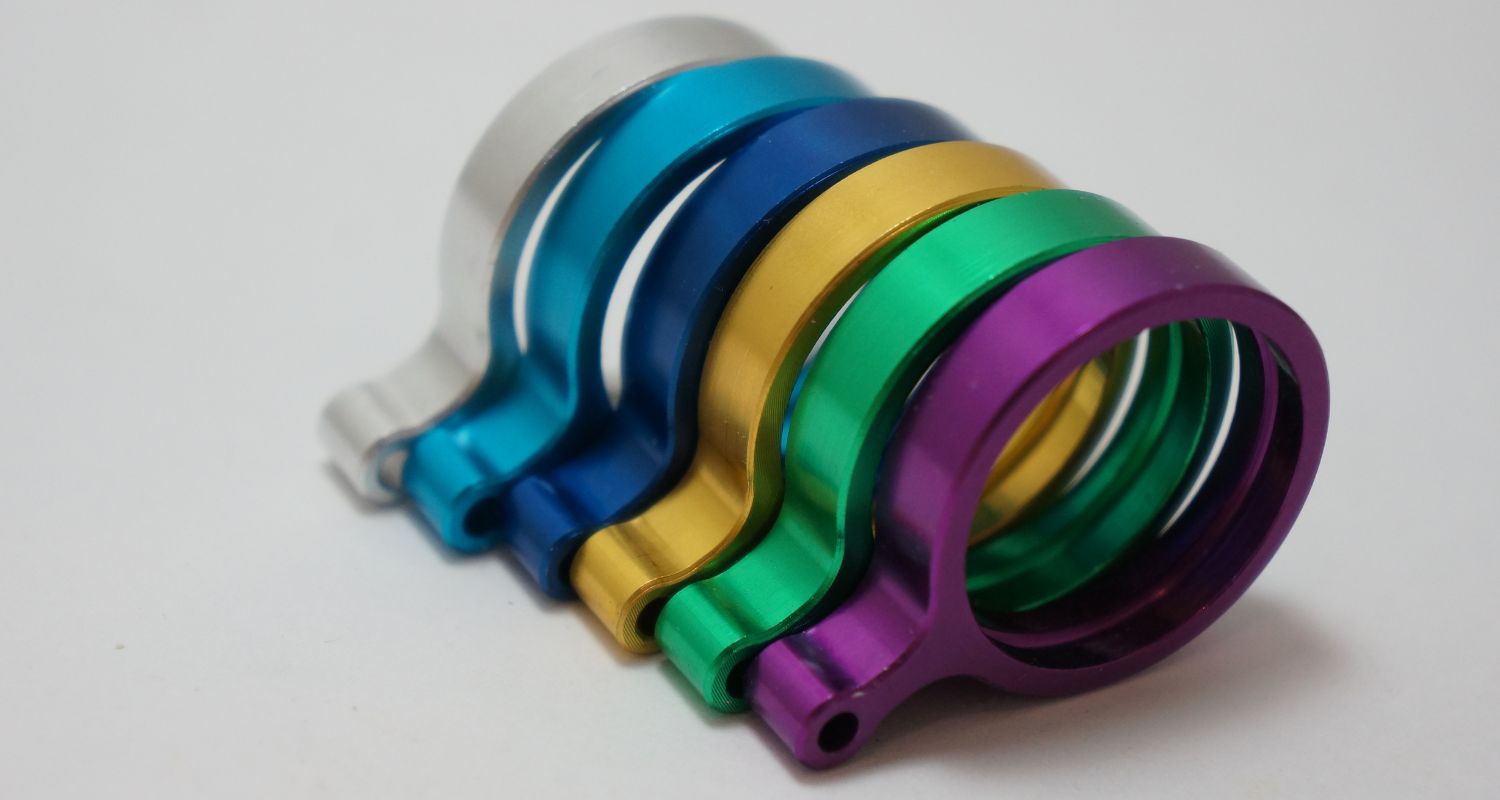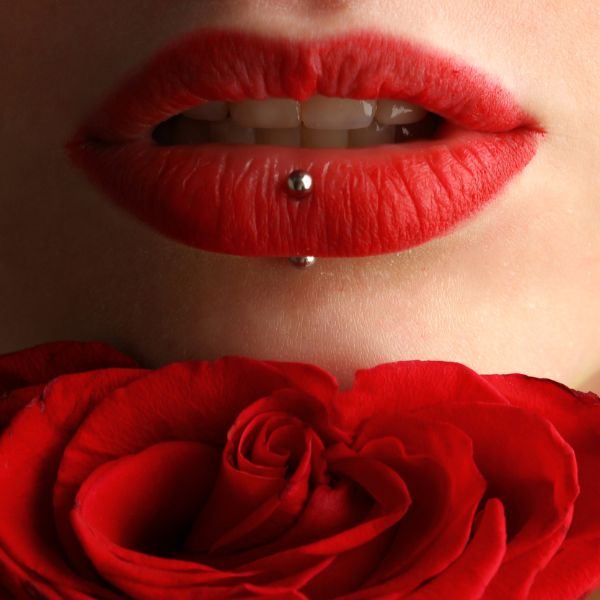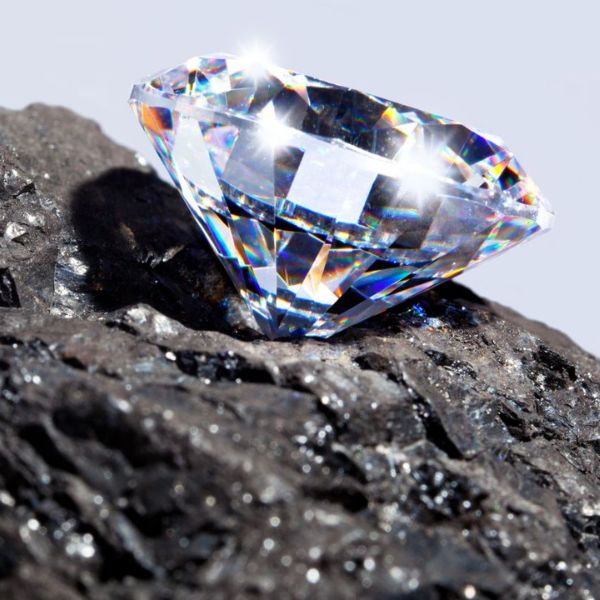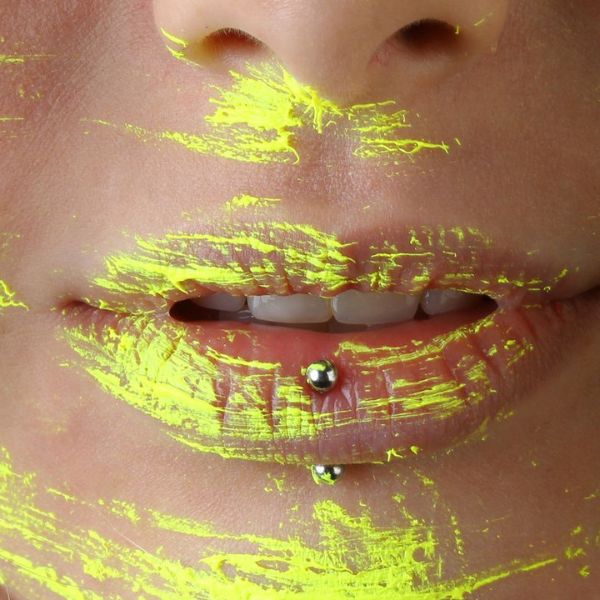As professional body piercers, it’s crucial to have an in-depth knowledge of the various types of coatings that are used in body jewelry. Anodized and PVD coatings are two of the most popular options that are used today. Although both of these coatings are designed to enhance the durability and aesthetic appeal of jewelry, they differ in their methods of application, cost, and lifespan. In this blog post, we will explore the differences between anodized and PVD coatings and determine which is the best for your body jewelry needs.
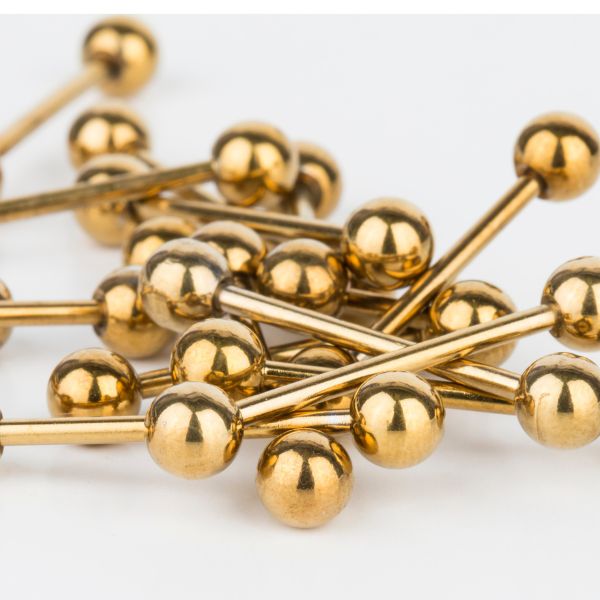
Let’s start by understanding what anodized coatings are. Anodizing is a process that involves creating a coating on the surface of a material by immersing it in an acid electrolyte bath. The process results in a finish that’s resistant to corrosion and wear, with a range of colors available. When it comes to body jewelry, anodized coating is highly preferred for its vibrant colors, and it’s the most common coating you will find in the market. Anodized coatings are also cost-effective, making them accessible to everyone.
On the other hand, we have PVD coatings, which stand for Physical Vapor Deposition. During this process, a thin layer of metal is deposited onto a substrate via vaporization. PVD coating offers excellent scratch resistance and durability, making it perfect for high-end jewelry. If you’re looking for body jewelry with a gold or rose gold finish that won’t wear off quickly, PVD coatings are your best bet. Our gold-plated jewelry utilizes PVD coatings of either 18k or 24k real gold, ensuring that it will last a long time without fading.
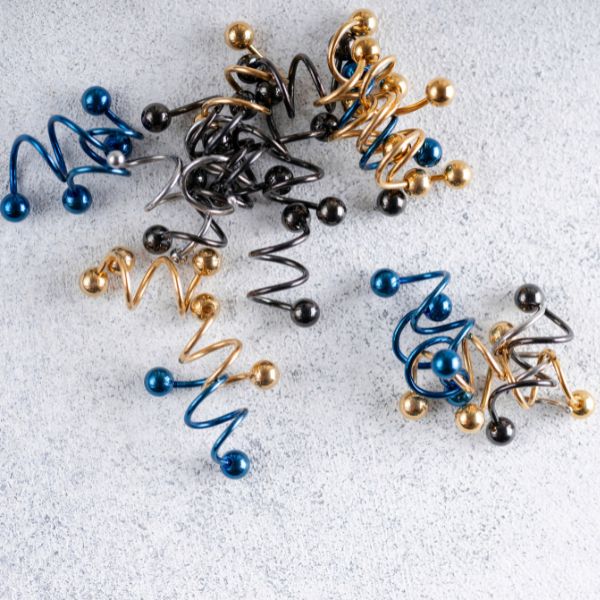
Although both anodized and PVD coatings offer benefits in their own right, PVD coatings are the preferred option for professional body piercers. The main reason behind this is the durability they provide, making it a great option for those who want a long-lasting piece. Additionally, PVD coatings don’t fade as quickly as anodized coatings, retaining their original color even after prolonged use.
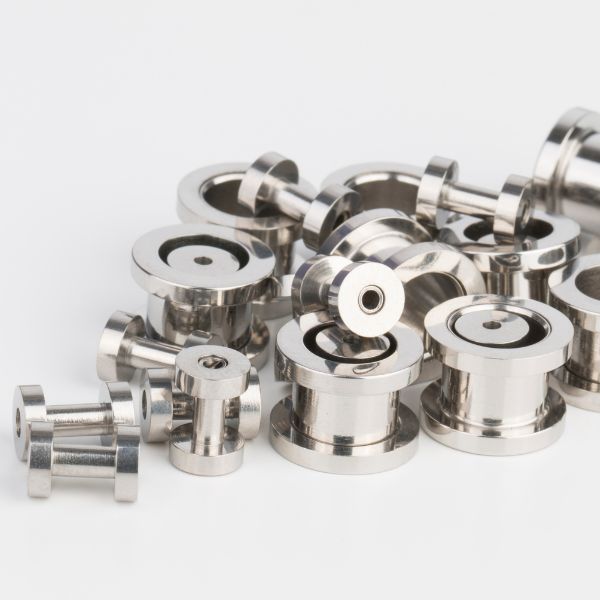
That said, each type of coating has its disadvantages. Anodized coatings, for instance, are prone to fading and chipping, making them less suitable for everyday use. When a scratch or chip appears, the underlying metal is revealed, and the jewelry loses its overall appearance. On the other hand, PVD coatings are relatively expensive to apply, making them cost-prohibitive for customers looking for budget-friendly options.
In conclusion, when deciding between anodized and PVD coatings for body jewelry, it’s essential to factor in their durability, cost, and aesthetic appeal. While anodized coatings are the go-to option for affordability and vibrant colors, PVD coatings offer superior longevity and resistance to wear and tear. As professional body piercers, we recommend PVD coatings as they provide long-lasting jewelry that looks great even after prolonged use. However, anodized coatings can be opted for if you need a cost-effective option with a wide range of color choices. With this information, you can choose the best coating for your body jewelry needs and ensure that your clients leave the studio satisfied, satisfied, and looking great.

